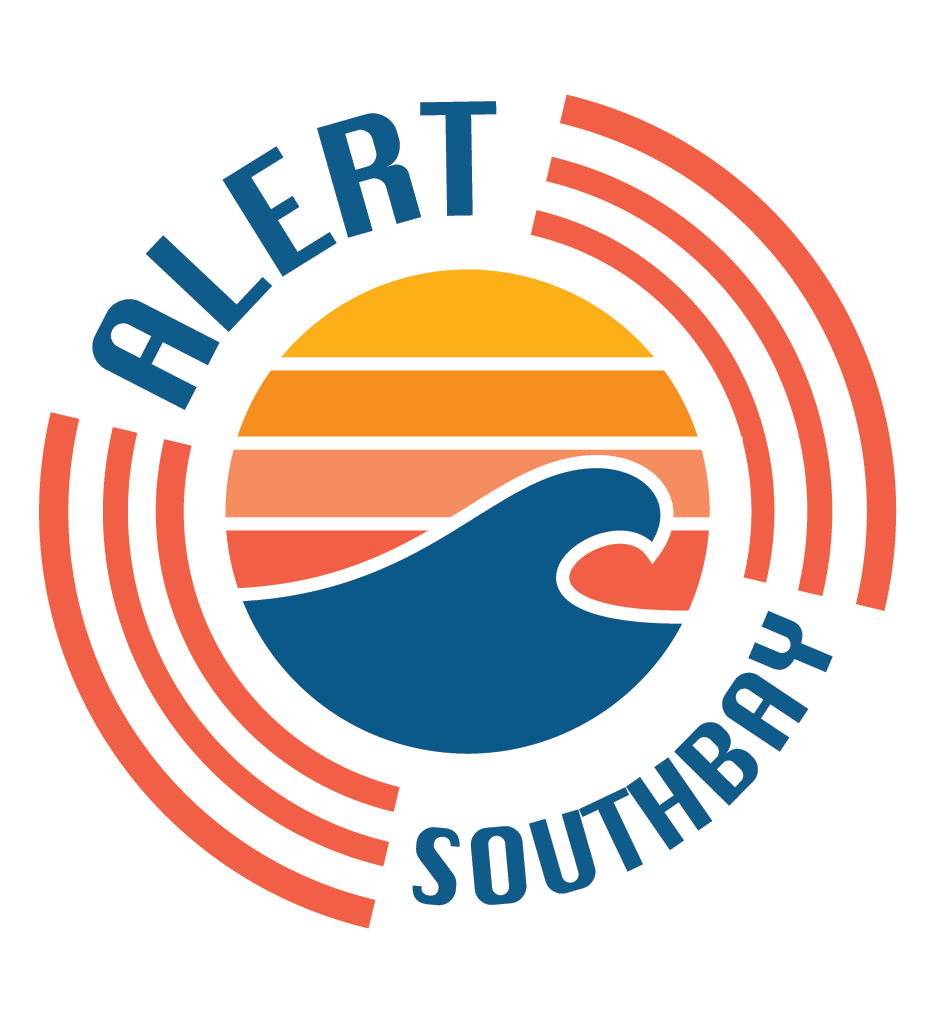Tsunami Preparedness
Tsunami Preparedness Week: March 22-30, 2025
Tsunami Preparedness Week is here! From March 22-30, 2025, California is raising awareness to help communities stay informed and ready. Do you know the warning signs and what to do if a tsunami is coming? Now’s the time to learn.
What is a Tsunami?
A tsunami isn’t just one wave—it’s a series of powerful waves caused by earthquakes, landslides, volcanic eruptions, or even asteroid impacts. These waves can travel over 500 mph in deep water and grow in height as they approach shore.
Tsunamis can flood miles inland, damaging buildings, vehicles, and infrastructure.
Even small tsunamis create strong, dangerous currents.
They don’t look like normal waves and may appear as a fast-rising flood or a wall of water.
The first wave isn’t always the largest—waves can continue for hours.
How to Know if a Tsunami is Coming
Official Alerts: Wireless Emergency Alerts (WEAs), sirens, radio, TV, and tsunami.gov
Natural Warning Signs:
A strong or long earthquake near the coast
Water receding suddenly or abnormally far from shore
A loud ocean roar
How to Be Tsunami Ready
Know Your Risk: Find out if you live, work, or frequent spots in a tsunami hazard zone.
Learn Tsunami Signage: Recognize hazard zones, evacuation routes, and safe areas.
Make a Plan: Identify the quickest route to high ground.
Stay Alert: Sign up for alerts from Alert SouthBay here.
Be Ready to Go: Keep a go-kit with water, food, medications, and essential documents.
Additional Resources:
California’s Tsunami Website: Get tsunami risk, preparedness, and mitigation information at tsunami.ca.gov.
California Tsunami Preparedness Guide: Access the guide here.
To view the 2011 Tohoku Earthquake & Tsunami Remembrance Story Maps, visit the links below.
Tsunami Alerts Infographic, seen below.
Wildfire Preparedness
The significant increase in wildfire season length, wildfire frequency, and burned area in recent years serve as a reminder that we all need to be informed and prepared for emergencies and disasters. Take this time to review this information, make a plan and discuss options with your family and friends.
Evacuation WARNING vs. an Evacuation ORDER: What’s the Difference
Evacuation Warning: If you receive an evacuation warning, this means you need to start preparing to leave. If you have animals, children, or need additional time evacuating, this is the time to leave.
Evacuation Order: If you receive an evacuation order, this means you need to leave immediately. Emergency responders have determined there is an imminent life safety risk and you need to evacuate.
Always remember, you don’t have to wait to evacuate. If you feel unsafe, LEAVE.
Create an Evacuation Plan
Have multiple routes out of your neighborhood and have a hard copy map with your identified routes. Discuss where you will meet family or friends if you are separated.
Make sure you have at least half a tank of gas in your car.
Identify where you will go once you evacuate. Right now, during the COVID-19 Pandemic, it may be better to evacuate to a friend or loved one’s house than a designated shelter or hotel, although approved shelters are following CDC guidelines.
Create a Go-Bag with the following at a minimum:
Map
Medications
Change of Clothes
Extra set of keys
Glasses/Contact Lenses
First-aid
Shoes
Phone Chargers
Food and Water
Copies of ID, Credit Cards, Passports, Important Documents
Cash in small bills
Flashlights (with working batteries)
Hard Drives/Flash-Drive
Family Photos/Comfort Items
Sanitation Supplies (include masks)
Activities for Children
Create a separate bag for pets-include a leash and vaccine records.
Mitigate your risk by following proper brush clearance laws around your home, installing smoke detectors (or ensuring the batteries are working), having a fire extinguisher, and identifying 2-ways out of every room in your home.
Make a Quick Checklist
Make a quick checklist and post near your exit routes around your home (front door, back door, etc.). Here is a quick checklist to get you started. Make sure to list the location of items to help you in high-stress situations. It's also a good conversation starter to have with your family now in a safe, non-scary environment.
If I Have No Time
People and Pets
Go-Bag (with SHOES)
If I have 5-Minutes
Medications (list location)
Glasses (location)
Laptop/Cell Phone/Chargers (location)
Essential Medical Equipment (if applicable and location)
If I have 30-Minutes (in addition to the above)
Photo Albums
Family Portraits
Stuffed Animals (comfort items)
Change of Clothing (for everyone)
More preparedness information can be found at https://lacounty.gov/emergency/emergency-survival-guide/

